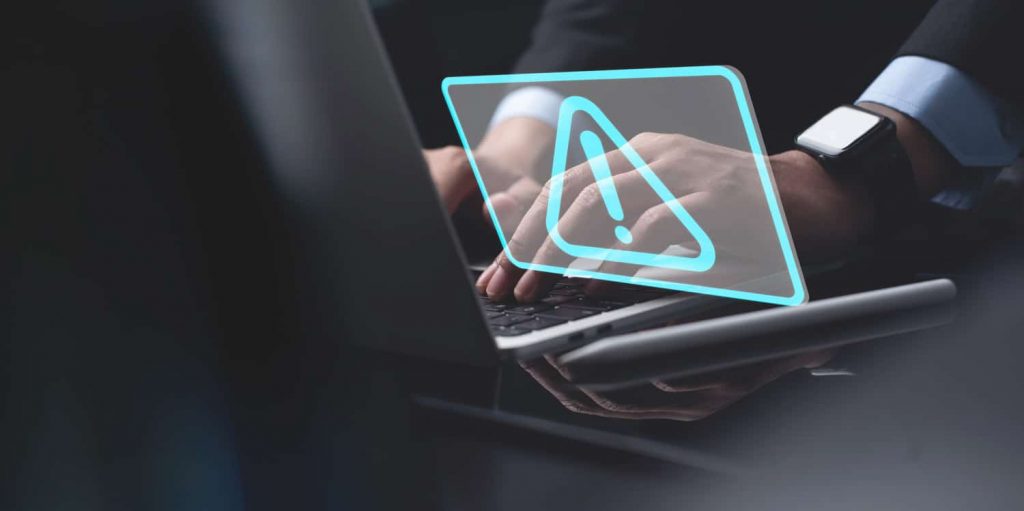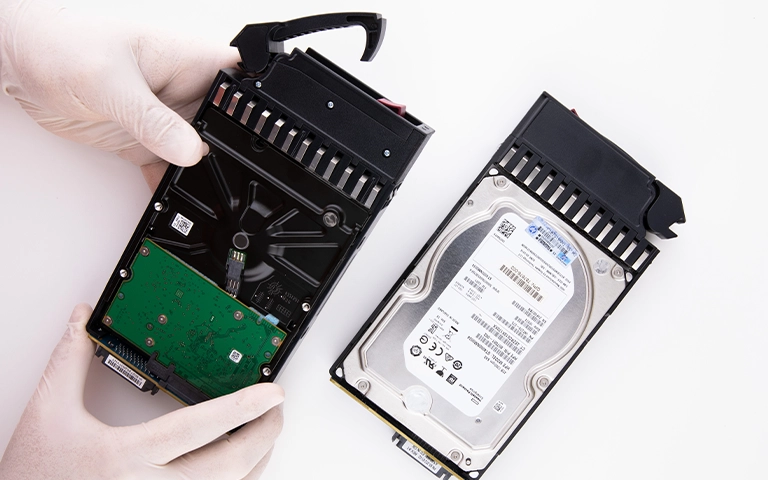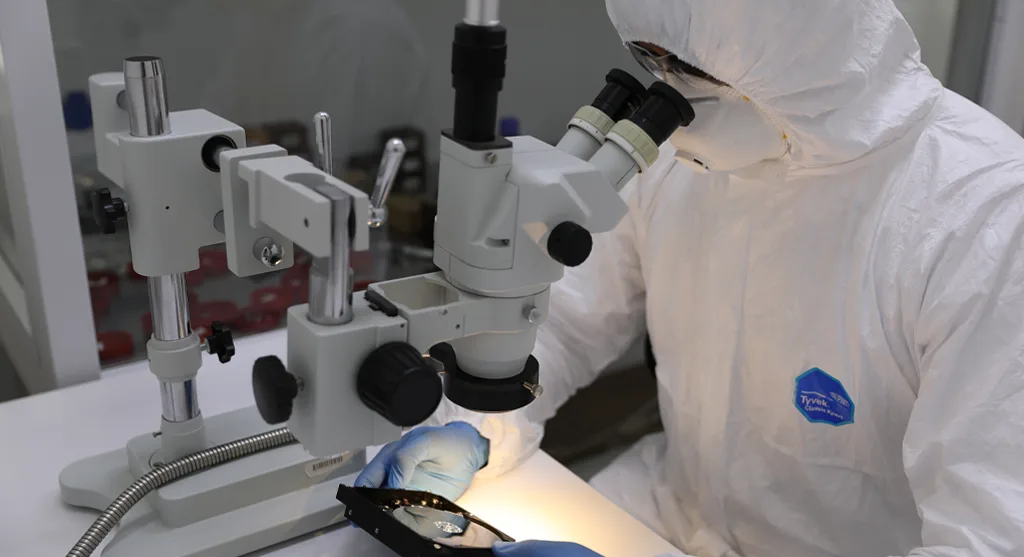Malware, short for malicious software, refers to any program intentionally designed to damage, disrupt, or gain unauthorized access to a computer system, network, or device. It includes viruses, ransomware, spyware, trojans, worms, and more.
Whether targeting individuals or businesses, malware can result in stolen data, locked files, financial losses, or total system failure. Knowing how malware works and how to respond to an infection is essential to protecting your digital environment.

What Is the Purpose of Malware?
Different types of malware serve different goals, but most are created for unauthorized access, financial gain, or system disruption.
Financial Theft
Many malware variants are created to steal personal and financial information, such as:
Credit card numbers
Bank credentials
Login usernames and passwords
Cybercriminals often use this data for fraud or sell it on the dark web.
Disrupting Devices and Organizations
Some malware is designed to slow down systems, crash applications, or take down entire networks. Attacks targeting hospitals, banks, or utilities can have devastating consequences for public safety.
Surveillance and Espionage
Advanced malware is used for spying on individuals or organizations. This type of attack often runs silently in the background, logging keystrokes, capturing screenshots, or exfiltrating sensitive documents for political, competitive, or criminal purposes.
Ransom Demands
Ransomware encrypts files and demands payment for decryption. Victims often face data loss or business interruption, even if they pay the ransom.
For a deeper exploration of how ransomware and other forms of malware can compromise RAID systems, and a related case involving enterprise-level recovery, refer to our HPE NonStop NS4 X4 ransomware case.

Common Types of Malware and How They Work
Not all malware is created equally. Each type has unique behavior, goals, and damage potential.
Viruses
Viruses attach themselves to files and spread when users execute infected programs. They often replicate and corrupt data or interfere with system performance.
Worms
Worms self-replicate and spread across networks without user interaction. They exploit software vulnerabilities and are commonly used to flood systems with traffic or payloads.
Trojans
Trojans appear to be legitimate software but contain hidden malicious functions. Once installed, they can open a backdoor, allowing attackers to access your system remotely.
Ransomware
This malware encrypts files and demands a ransom. Even after payment, there’s no guarantee the files will be restored. Ransomware often spreads via email attachments or unpatched software.
To learn more about effective strategies for handling these attacks, visit our in-depth ransomware recovery guide.
Spyware
Spyware secretly records user activity, including browsing habits, login credentials, and keystrokes. It compromises privacy and can lead to identity theft.
Adware
Adware displays unwanted advertisements and collects data for targeted marketing. While not always harmful, it often slows systems and can act as a gateway for more dangerous malware.
Rootkits
Rootkits hide the presence of other malware and allow attackers to maintain control over a system. They are difficult to detect and remove.
Keyloggers
Keyloggers record keyboard inputs and mouse clicks to capture sensitive information. They are commonly used for stealing login details and banking credentials.
Logic Bombs
Logic bombs activate when specific conditions are met, such as a date or a file being opened. They can delete files, crash systems, or disable security features.
Fileless Malware
This type of malware runs in system memory rather than being installed on the hard drive, making it difficult for traditional antivirus programs to detect or remove.

How Malware Infects Your System
Phishing Emails
Phishing attacks trick users into clicking links or downloading attachments disguised as legitimate communications. These are one of the most common infection vectors.
Infected Websites
Malicious websites can initiate automatic downloads (drive-by downloads) that install malware without the user’s knowledge.
Exploit Kits
These tools scan devices for unpatched software or system vulnerabilities and silently install malware once a weakness is found.
Removable Media
USB drives and external hard drives can carry hidden malware that activates once connected to a new system.
Social Engineering
Attackers often impersonate trusted individuals or organizations to manipulate users into downloading malware or sharing sensitive information.
How to Know If Your Device Has Malware
Signs of malware infection vary, but common symptoms include:
Unexpected Pop-Ups
Frequent ads and pop-ups, especially outside of a browser, could signal adware or spyware.
Sluggish Performance
Malware uses system resources, slowing down performance and causing crashes or freezing.
Strange Error Messages
Ransomware or logic bombs may trigger alerts or warnings that files are locked or missing.
Unauthorized Access
Keyloggers or rootkits can allow attackers to access accounts or install further malware without your knowledge.
If you notice any of these signs, take immediate action to prevent data loss or further damage.

Fast turnaround times for business-critical data
How to Remove Malware From a Computer or Network
Use updated antivirus software to perform a full scan. Quarantine and remove any threats it detects. Consider using multiple scanners for layered protection.
Check your list of installed applications and remove any unfamiliar or suspicious software. Use caution and research anything unknown.
Keep your system, apps, and antivirus tools up to date. Patching known vulnerabilities is one of the most effective ways to prevent future infections.
Unplug or disable your internet connection if you suspect an active infection. This prevents malware from spreading or communicating with its control server.
If your system is compromised beyond repair, restore it from a recent, clean backup. Make sure the backup was made before the infection occurred.
If you’re unable to remove malware or if it has encrypted sensitive data, contact a data recovery or cybersecurity professional.
How to Protect Your Devices and Network From Malware
Preventing malware is easier than recovering from it. Implement these best practices:
Install and regularly update antivirus and anti-malware tools
Enable firewalls to monitor incoming and outgoing traffic
Apply system and software updates promptly
Train employees to recognize phishing emails and suspicious links
Limit user privileges to reduce the risk of unauthorized access
Use strong, unique passwords and enable multi-factor authentication
Back up data regularly and store it in secure, offline locations
Segment networks to contain infections and reduce exposure

Need Help Recovering Data After a Malware Attack?
If malware has infected your system and compromised your data, RAID Recovery Services can help. We specialize in recovering files from encrypted, damaged, or corrupted systems caused by malware, ransomware, and rootkits.
For a comprehensive breakdown of real-world recovery scenarios and how malware can impact RAID systems specifically, refer to our Malware RAID data recovery post.
Contact us today for a diagnostic assessment and recovery plan tailored to your case.
Trust the experts with proven results
Frequently Asked Questions
Can malware be removed from a computer?
Yes, malware can often be removed using antivirus tools, but severe infections may require professional assistance.
Is malware the same as a virus?
Viruses are a type of malware. Not all malware are viruses.
Can malware steal my passwords?
Yes, keyloggers and spyware can capture login credentials and send them to attackers.
Can antivirus software remove all types of malware?
Most antivirus software can detect and remove common threats, but advanced malware may evade detection.
Where does malware come from?
Malware can come from email attachments, software downloads, infected websites, removable media, or network vulnerabilities.